Economy
Brazil’s Transition: Biofuels, Grid, and Nature Risk
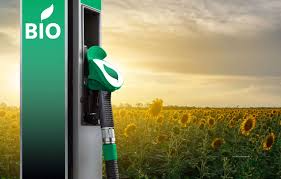
Brazil stands at the crossroads of the global energy transition, with opportunities and risks that make its path distinct from other major economies. The country already has one of the world’s cleanest energy matrices, thanks to decades of investment in hydropower and biofuels, but its future trajectory will be shaped by how it manages three critical levers: scaling sustainable biofuels, modernizing its power grid, and addressing the climate and financial risks tied to nature.
On the biofuels front, Brazil has long been a pioneer. Ethanol derived from sugarcane remains a cornerstone of the transport sector, reducing dependence on imported fossil fuels while supporting a domestic industry with global export potential. New technologies, such as advanced biofuels and renewable diesel, are opening pathways to decarbonize aviation and heavy transport. Yet challenges remain—scaling production without driving deforestation, ensuring cost competitiveness against electric vehicles, and navigating shifting trade dynamics as Europe and the U.S. introduce carbon border measures.
Brazil’s electricity grid is another decisive factor. While hydropower provides the backbone of supply, droughts in recent years have underscored vulnerabilities. To maintain reliability, Brazil must integrate more solar and wind energy, both of which are abundant. This requires significant upgrades in transmission infrastructure, digitalization, and cross-border interconnections with neighboring markets. The grid transition is not just a technical issue—it is also a financial one, demanding regulatory reforms and large-scale private investment to keep costs down while ensuring resilience.
The third and perhaps most complex dimension is nature risk. Brazil’s vast natural capital—the Amazon rainforest, the Cerrado savanna, and other ecosystems—provides global climate regulation services but also exposes the country to transition and physical risks. Continued deforestation not only undermines Brazil’s climate credibility but also threatens agricultural exports as global buyers tighten sustainability standards. At the same time, the country faces increasing exposure to droughts, floods, and biodiversity loss, all of which have direct implications for food security, insurance, and investment flows. Managing these risks requires stronger governance, enforcement, and incentives for sustainable land use, including the scaling of carbon markets and nature-based solutions.
For investors and policymakers, Brazil’s transition is both a strategic opportunity and a reputational test. If the country can position itself as a leader in sustainable biofuels, build a resilient clean grid, and credibly manage nature risks, it could become a model for emerging economies navigating the energy transition. But if it fails, Brazil risks being seen as a high-carbon laggard, vulnerable to both climate shocks and investor flight. The coming decade will reveal which path dominates—and how the balance between energy, economy, and environment is struck in one of the world’s most resource-rich nations.

At least 20 people killed in Russian glide bomb attack on village in eastern Ukraine
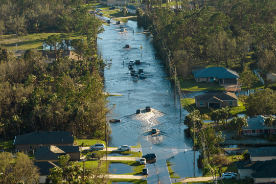
Transition vs. Physical Risk A decision tree for which risk dominates by industry.
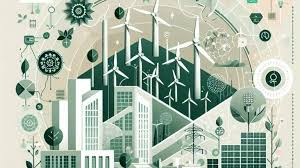
Getting Assurance-Ready — Controls and evidence trails for sustainability data.
trending posts

TOP Categories
Google Web Reporters




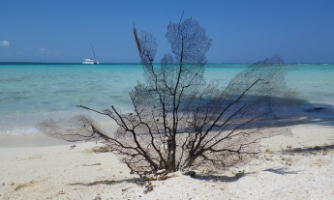


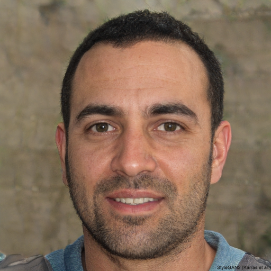





3 comments
David Bowie
3 hours agoEmily Johnson Cee
2 dayes agoLuis Diaz
September 25, 2025